Table of Contents
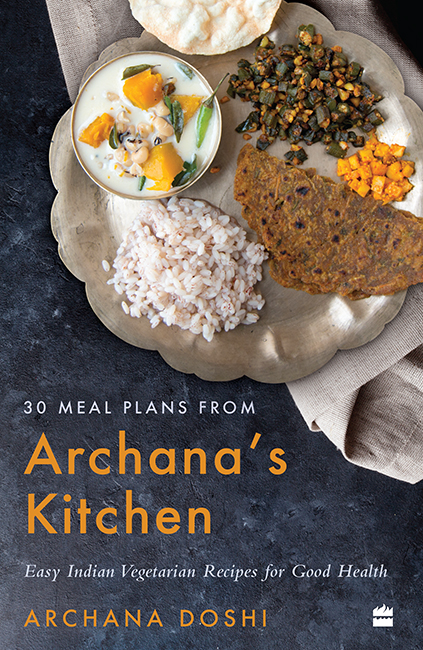
 ToMy dad, who taught me to explore and enjoy every
ToMy dad, who taught me to explore and enjoy every
moment of life to the fullest Contents Archana, come whip the butter and sugar! My mom would pull me into the kitchen whenever she was in the mood to bake somethingand I would have no choice but to follow her. But dont get me wrongI loved every minute of it. The tasks that were assigned to me were basic: whether it was beating together sugar and butter, using a wooden ladle, until I had a creamy batter for the softest Victoria sponge cake, or thinly slicing nuts for garnishing desserts or even making whipped cream icing for cakes. Baking was my first step in my now long journey of making food. For every kitchen task, I was my mothers little assistant. However, I wasnt alone in carrying out my kitchen duties.
My mother didnt believe that the kitchen was only a place for girls or women, so my brother often accompanied us. And today we are a family that loves to cook. My brother equally loves cooking and whipping up new and old dishes. By the time I was twelve years old, I was whipping up entire meals by myself. From rasam to poriyal to rice to even making the perfect roti and dosa, I had quite a culinary repertoire. By the age of fifteen, I was making the most delicious French gateau.
It sounds like boasting, but I simply loved eating my own cake! Till date there has never been a day when I have cooked a meal and not licked my own plate clean! I live to eat. Food tickles my enthusiasm and when I eat someone elses food, I like to anticipate flavours and textures. I also love feeding people. I often host parties and invite friends and family to try out new cuisines and dishes. Cooking brings me a sense of calm and peace like no other activity. I worked as a software engineer for a few years in the initial part of my career and lost my job in the 2001 dot-com burst. It was then I started to think: what was my journey going to be for the next decade or more of my life? My mind was itching to do something on my own, related to food and good health.
I became a yoga teacher, but my friends were convinced that I needed to do something with food. They also complained that most cookbooks were difficult, and they never got the desired result or that dishes they cooked from the recipes never tasted as great as they looked in the pictures. So, cooking to them was not a fun activity. I know many folks who feel similarly. I wanted to break this mindset. I wanted to make cooking fun and easy by using simple cooking techniques that employ fresh, local ingredients.
So, I started testing and writing down my recipes and Archanas Kitchen was born in November 2007. Today, it is Indias leading food and recipe platform which actively promotes healthy cooking and mindful eating. This book will make you fall in love with cooking and food. There is a difference between cooking yummy food and cooking delicious yet healthy food. The former can be achieved easily, with the overuse of taste-enhancing ingredients like butter and ghee. However, as someone who is passionate about food, I also care deeply about how eating food affects our bodies.
I truly believe we are what we eat, and that our health is largely decided by what we put on the table. As part of practising mindful eating, my mission was to return to the basics of cooking food that ensures a healthy body, mind and soul. While my website empowers people to cook food easily in the kitchen even if they have limited preparation time, it has also been a source of knowledge for me. I have been listening to users who are confused about pairing foods to get the best nutritional value without compromising on taste. And the more I listen to them, the more I realize that there is a big problem that most users are facing: people are gaining weight, becoming sicker and suffering from lifestyle-related issues from a young age. Most of these issues are related to the quantity and quality of food we are eating today, along with other lifestyle disturbances such as lack of restful sleep, always being connected to technology and not taking quality time off.
These trends disturb me deeply and I want to bring about a change. This book is my way of helping people plan easy, everyday meals that will ensure a balanced diet. How to Use This Book The ideal meal should be a balanced one, featuring all the main food groups. In this book, I have curated thirty meal plans which feature a combination of carbohydrates (rice or roti or millets), protein (dals, vegetables, beans), vitamins and minerals (vegetables), and probiotics (curd, lassi). I have tried to focus on keeping the meal plans wholesome and spread across various regional Indian cuisines so that it is appealing and accessible to anyone across the country. Some of the meals also mix and match cuisines to make a fun fusion experience.
I believe that food should be fun and that there is no harm in experimenting. Although each meal plan is complete in itself, dont hesitate to mix and match recipes from different plans. Go through the meal plans on the Contents page and pick a plan or recipe to suit your needs. Before you begin cooking, do make sure you have read through the entire recipe firstthe ingredients list will help you with preparation, the method will give you an idea of the vessels you need as well as how to optimize the process of cooking the dish, and thus, save your time! The Important Food Groups Protein Proteins are essential building blocks that help the body build and repair tissue, muscles, cartilage and skin, as well as pump blood. Vegetarian proteins can be in the form of whole dals, paneer, tofu, chana, rajma, milk, dahi, green vegetables or sprouts. Having one helping of a protein-based dish with every meal is essential for maintaining good health.
Protein-rich foods help you keep fuller for longer, helps you feel satiated, and thus, you are less likely to get hunger pangs during the interim between meals. Fats There are good fats and bad fats, and many people tend to avoid any food that is fatty. As a general principle, it is a good thing to restrict fat intake, but our bodies require a certain amount of dietary fats to gain body energy and to support cell growth, synthesize hormones, store vitamins, and much more. A diet must consist of healthy fatspolyunsaturated, monounsaturated and omega-3 fatty acids. Using restricted quantities of ghee, mustard oil, coconut oil, sesame oil, groundnut oil, sunflower oil or even rice bran oil is the optimal way to consume fats. In addition, there are many foods we already eatpaneer, milk, curd, etc.all of which contain good fats that are important for our diet.
But do avoid deep-fried foods and highly processed foods which contain a lot of trans fat. Once again, you must exercise portion control in the amount of healthy and unhealthy fats you eat. If curd is healthy, it does not mean you should live on a curd diet and eat more than your body can take. If ghee is good for you, it does not mean you cook in ghee and eat only ghee-rich foods. Eating all fats in the right portions is extremely important. And that portion is something you can determine based on your body type, your health requirements and the suggestions given by your nutritionist or doctor.
Carbohydrates Carbohydrates are one of the main sources of energy. It is important to choose and eat the right kind of carbs. Avoid carb-rich processed foods like bread and biscuits which are known to be simple carbohydrates. When making rotis or parathas, make your atta multigrain by adding flours made out of ragi, jowar, bajra, etc., which are whole grain flours that contain complex carbohydrates. If you are a rice-eater, then opt for brown rice or millets which have more fibre and nutrition than white rice. If you are making dosa batter, then add millets like ragi, bajra, jowar, etc., to increase your fibre content.


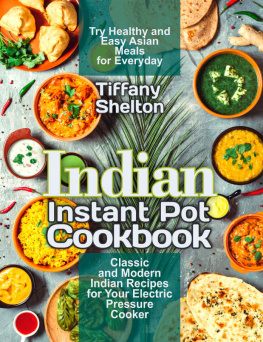
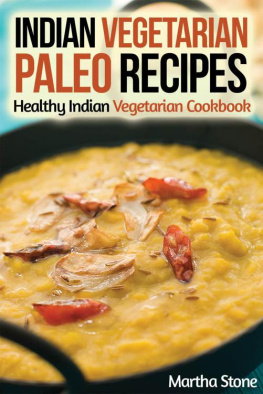
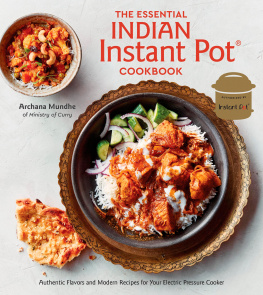
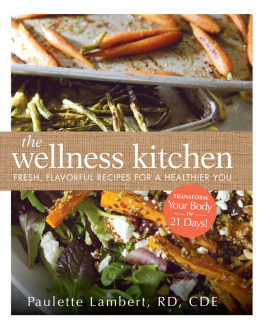

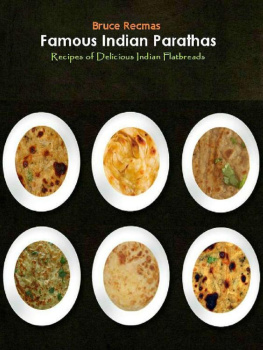
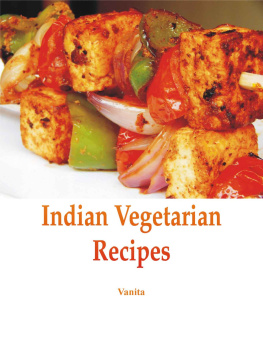
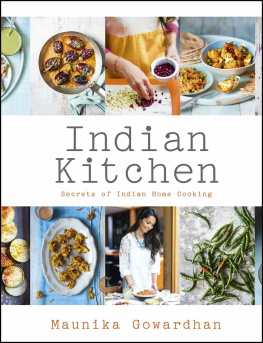
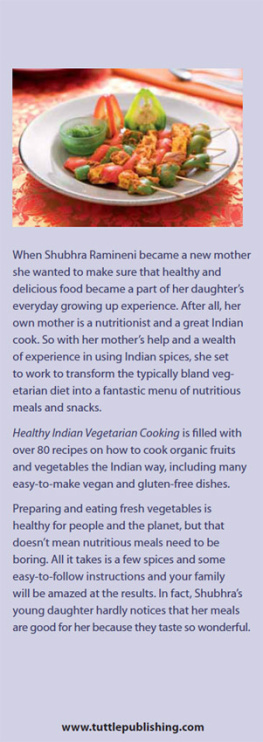


 To
To